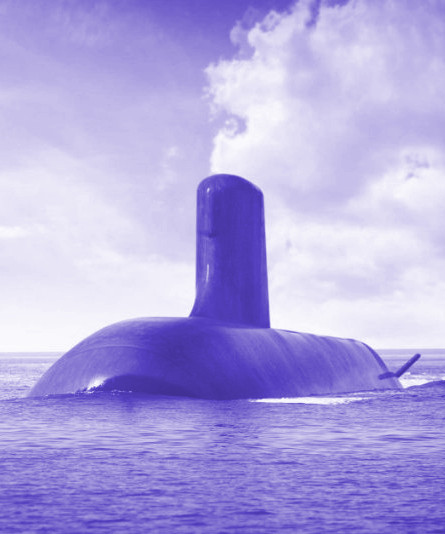Military 'waste' alleged
 Australia’s military and defence spending is reaching an eye-watering level.
Australia’s military and defence spending is reaching an eye-watering level.
Analysis by one of the most experienced writers in the local defence and espionage field, Brian Toohey, finds that lobbyists, defence leaders and the Australian government are continually choosing “immensely complex, overpriced and overmanned weaponry”.
The government’s budget includes $42.7 billion in defence funding for this current financial year alone; an increase of 9.1 per cent.
Mr Toohey lists a number of incredibly (and increasingly) expensive projects, including nine Hunter class frigates, the bill for which has risen from $30 billion in 2016 to $45.6 billion in 2020.
The planned frigate will weigh over 10,000 tonnes, more than double that of the 4000-tonne, German-designed ANZAC class that the Navy currently operates.
Much of the cost overrun is due to issues with two radar systems, when it was discovered that they could not be integrated into the chosen design.
The analysis includes concern that the much larger ships will simply function as much larger targets for advanced weaponry like hypersonic cruise missiles, rail guns and torpedoes.
There is also Australia’s 12 Attack class submarines, which are still being designed by a French firm and will not enter service until the late 2030s.
“Because the existing Collins class is due to start retiring in 2026, these delays will create a capability gap that will have to be closed by spending $15 billion to $30 billion to keep subs going,” Mr Toohey says.
Mr Toohey also takes aim at the army’s new Infantry Fighting Vehicles (somewhere between a troop carrier and a tank), estimated to cost $50 million each.
The Australian Strategic Policy Institute’s budget specialist Marcus Hellyer has told reporters that the cost is “mind-boggling”, especially so because guided weapons can fairly easily destroy armoured vehicles.
“There’s an area of unreality to the entire enterprise,” Mr Hellyer says.
There is also the staggering running costs for Australia’s Super Hornet and the Growler jets, which Mr Hellyer estimates to be around $100,000 per hour.
Australia’s older Hornets (which are still considered a highly effective tool) cost just $15,000 an hour to run.
The running cost (known as ‘sustainment’) for the Army’s MRH-90 helicopters is over $31,000 an hour, “ridiculously expensive for something that’s essentially an unarmed flying truck”, Mr Hellyer said.
Mr Toohey recommends supplementing the use of proven ships and planes by buying drones.








 Print
Print